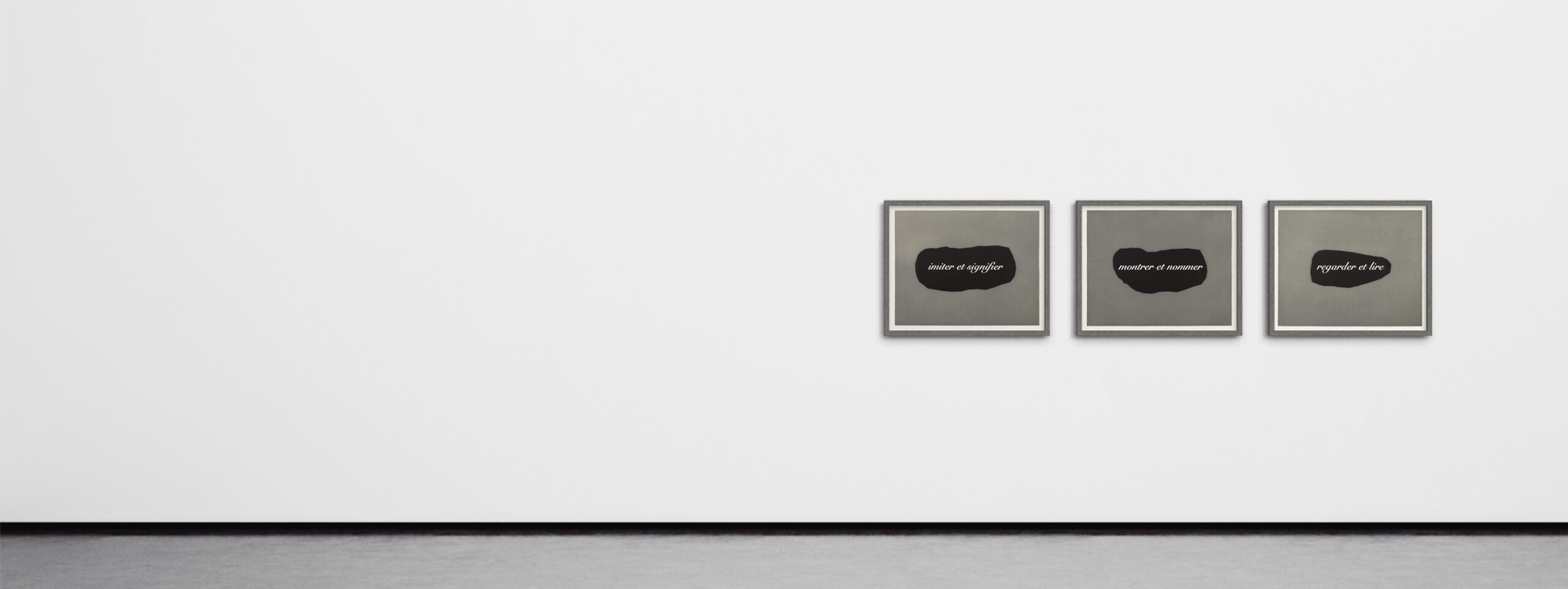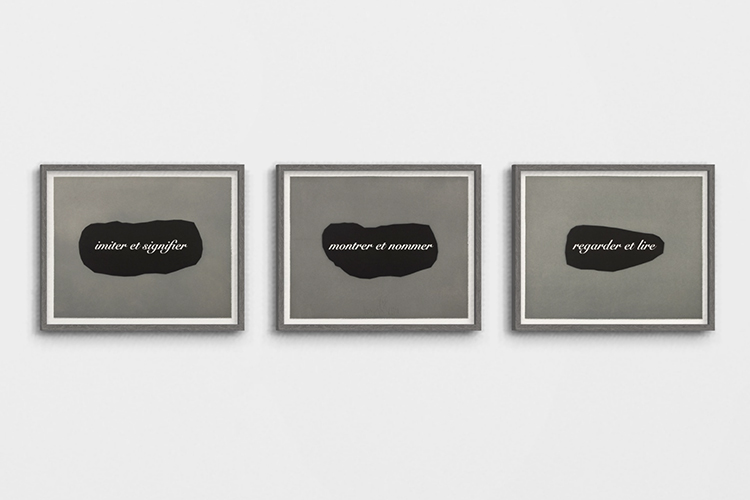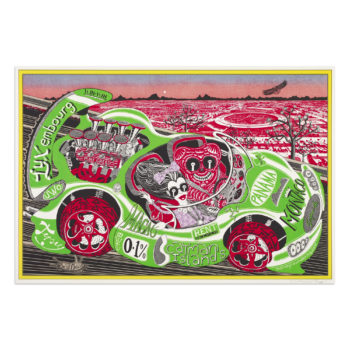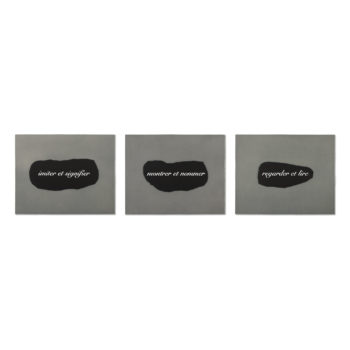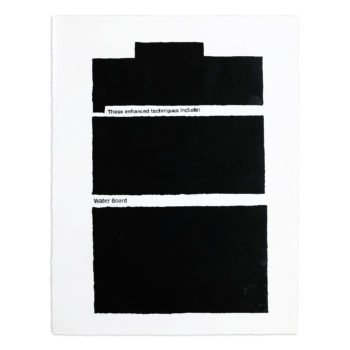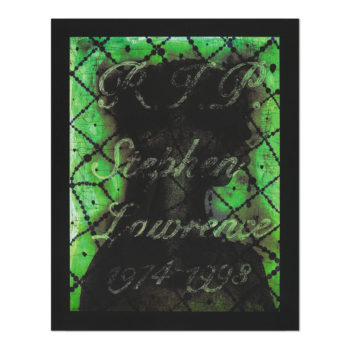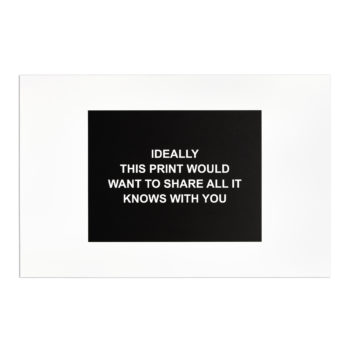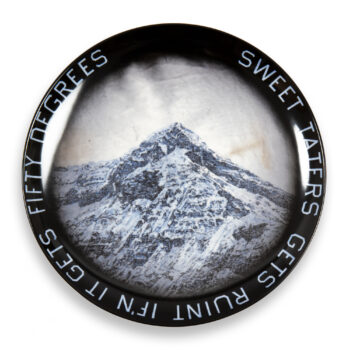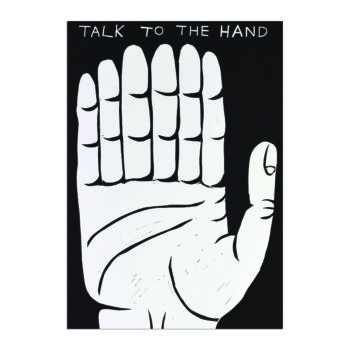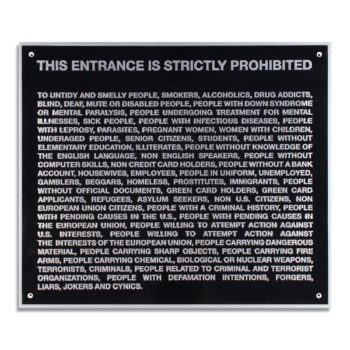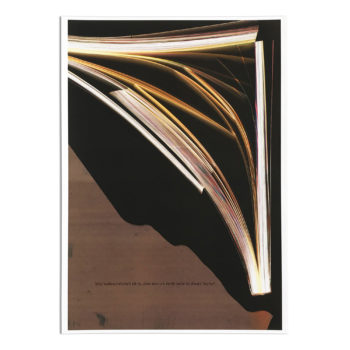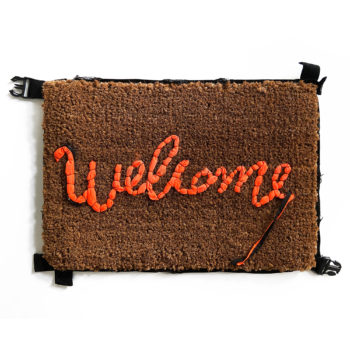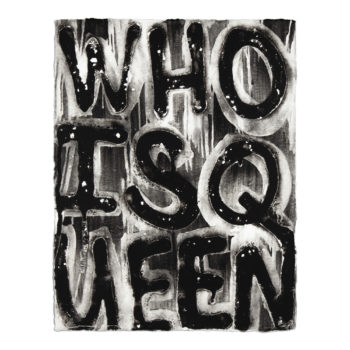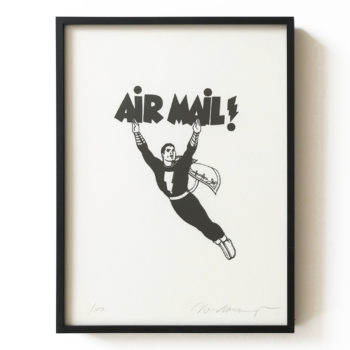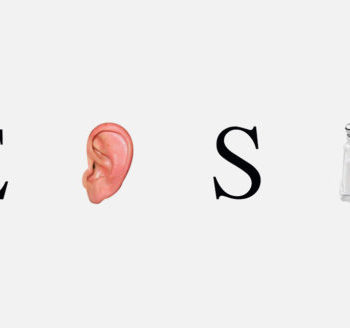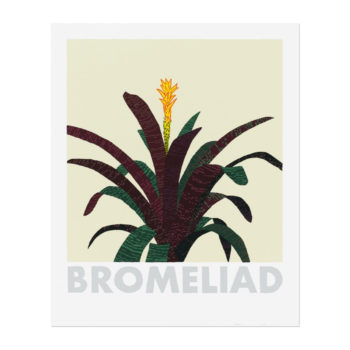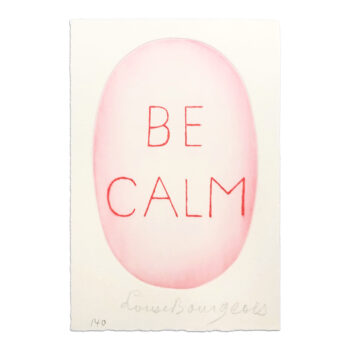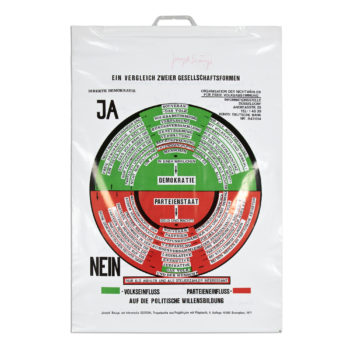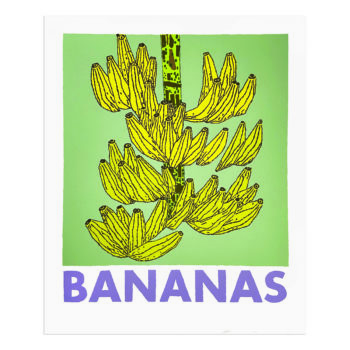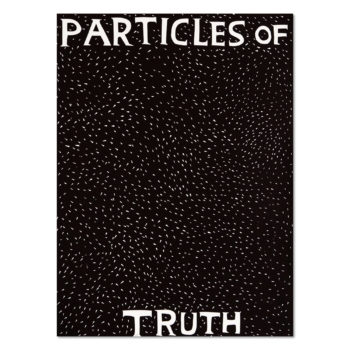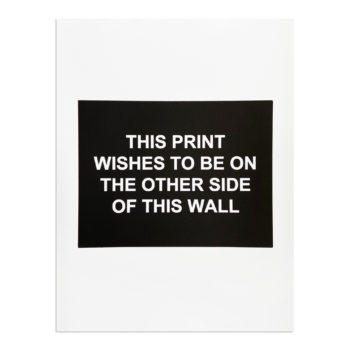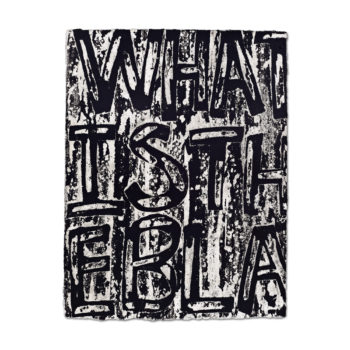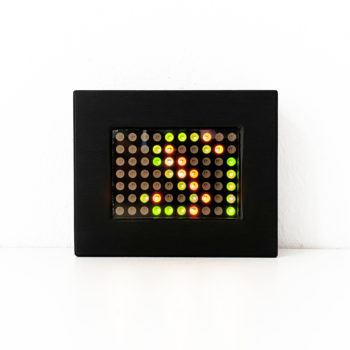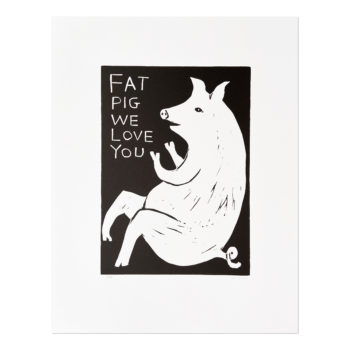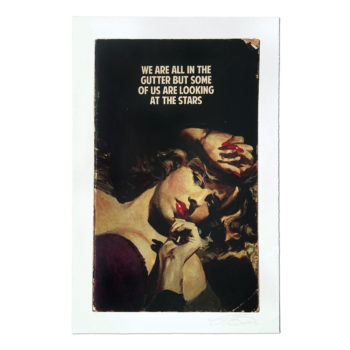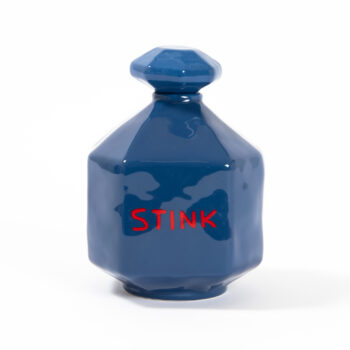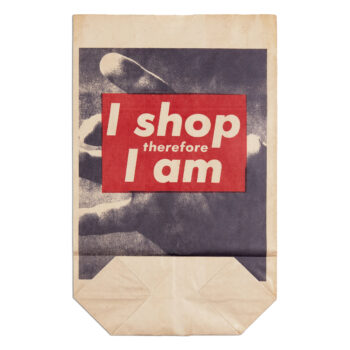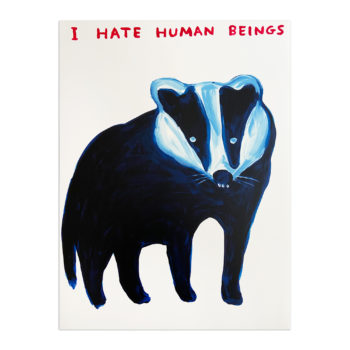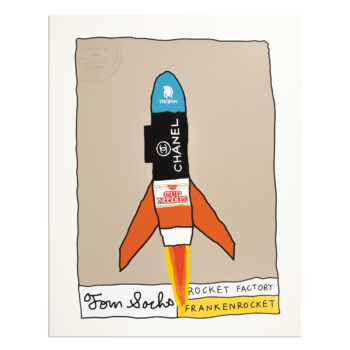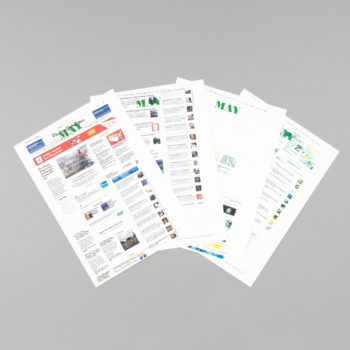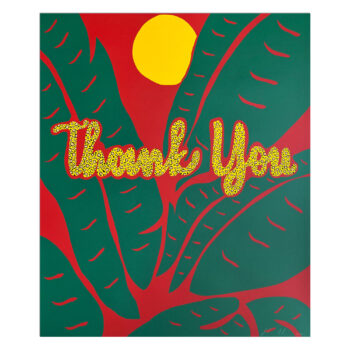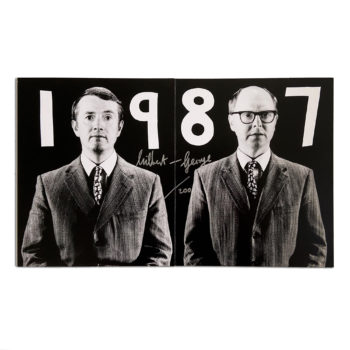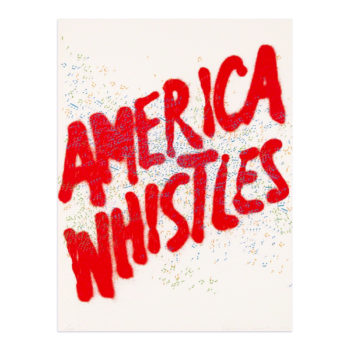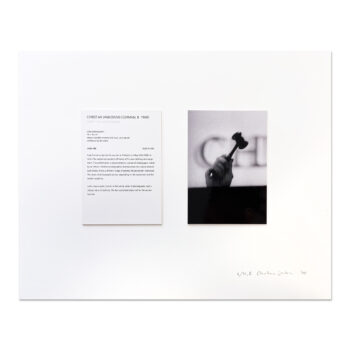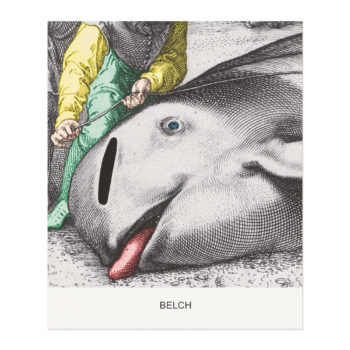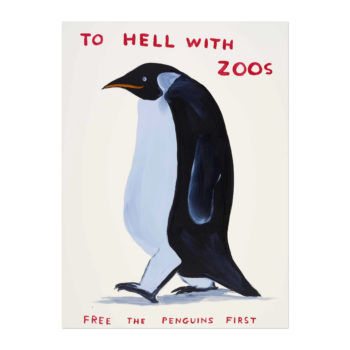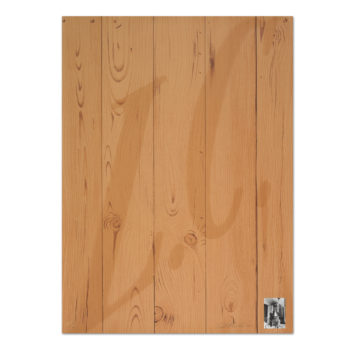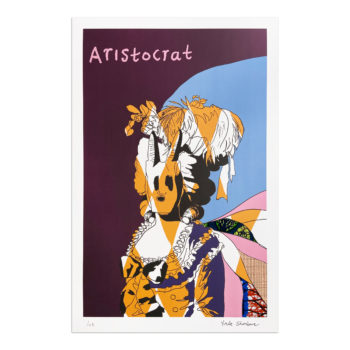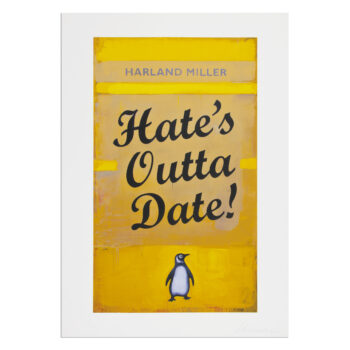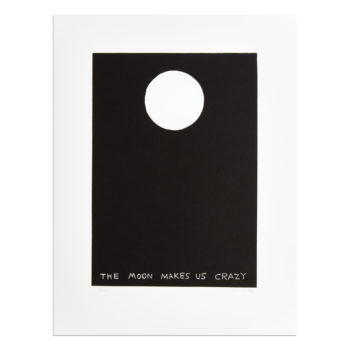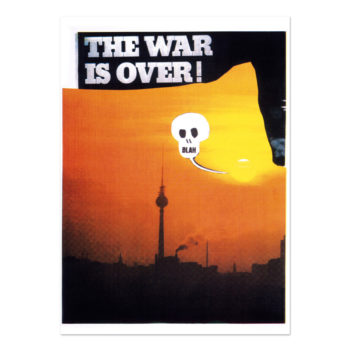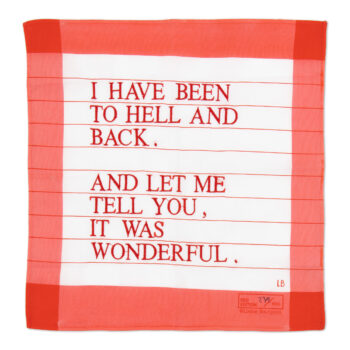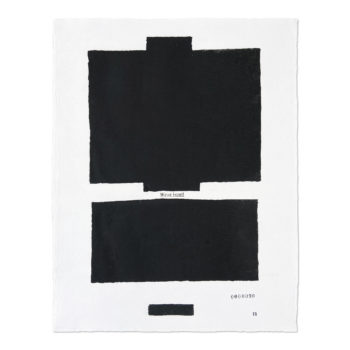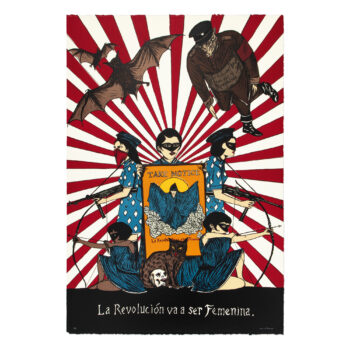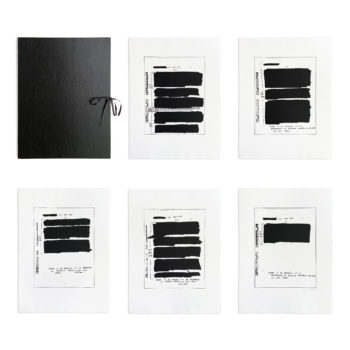-
incl. VAT (margin taxed)
plus Shipping Costs
-
Daniel Richter, Talk is Cheap
5.400,00 € -
Joseph Kosuth, L’Essence de la rhétorique…
1.800,00 € -
-
Chris Ofili, R.I.P. Stephen Lawrence
2.400,00 € -
-
-
David Shrigley, Talk to the Hand
2.600,00 € -
-
-
Banksy, Welcome Mat
3.400,00 € -
-
-
John Baldessari, Give me a B, give me an A…
1.600,00 € -
Ai Weiwei, Coca-Cola Glass Vase
5.400,00 € -
Jonas Wood, Bromeliad
5.400,00 € -
-
Joseph Beuys, Parteiendiktatur
1.000,00 € -
Jonas Wood, Bananas
4.600,00 € -
David Shrigley, Particles of Truth
3.000,00 € -
-
-
Jenny Holzer, Inflammatory Essays
7.000,00 € -
-
-
David Shrigley, Stink
2.800,00 € -
David Shrigley, The World
4.900,00 € -
David Shrigley, I Hate Human Beings
4.500,00 € -
-
Wade Guyton, MAY
1.600,00 € -
-
-
Ed Ruscha, America Whistles
9.500,00 € -
-
John Baldessari, Belch
2.800,00 € -
David Shrigley, To Hell With Zoos
6.500,00 € -
Ed Ruscha, L.C.
5.400,00 € -
Harland Miller, Hate’s Outta Date
12.500,00 € -
David Shrigley, The Moon Makes Us Crazy
2.200,00 € -
Daniel Richter, The War is Over!
5.400,00 € -
-
-
Jenny Holzer, AKA
3.900,00 €
Text-based art, a pivotal movement that emerged in the 1960s alongside conceptual art, prioritizes ideas and concepts over traditional aesthetic values. This genre employs language as the main artistic medium, transforming words and letters from mere communicative tools into integral visual elements. Artists working within this sphere often utilize text to disrupt established narratives, critique societal and political structures, and delve into the nuanced relationship between language, context, and meaning. The scope of text in this art form ranges from succinct phrases to elaborate compositions, expressed through diverse mediums such as paintings, fine art prints, sculptures, and photographs.
By merging the semantic with the visual, text-based art fosters a more cerebral and interactive artistic encounter, cementing its role in the narrative of contemporary art. This approach allows artists to engage directly with audiences, challenging them to question their perceptions and interpretations of language. The text itself can become a form of protest or commentary, offering new layers of meaning depending on its context and placement. Whether painted across a canvas, formed into three-dimensional structures, or flashed on electronic displays, the text in these artworks compels viewers to read and respond, making it a dynamic tool for communication and expression in the art world. This versatility and directness make text-based art a continually relevant and provocative element of modern and contemporary art practices.
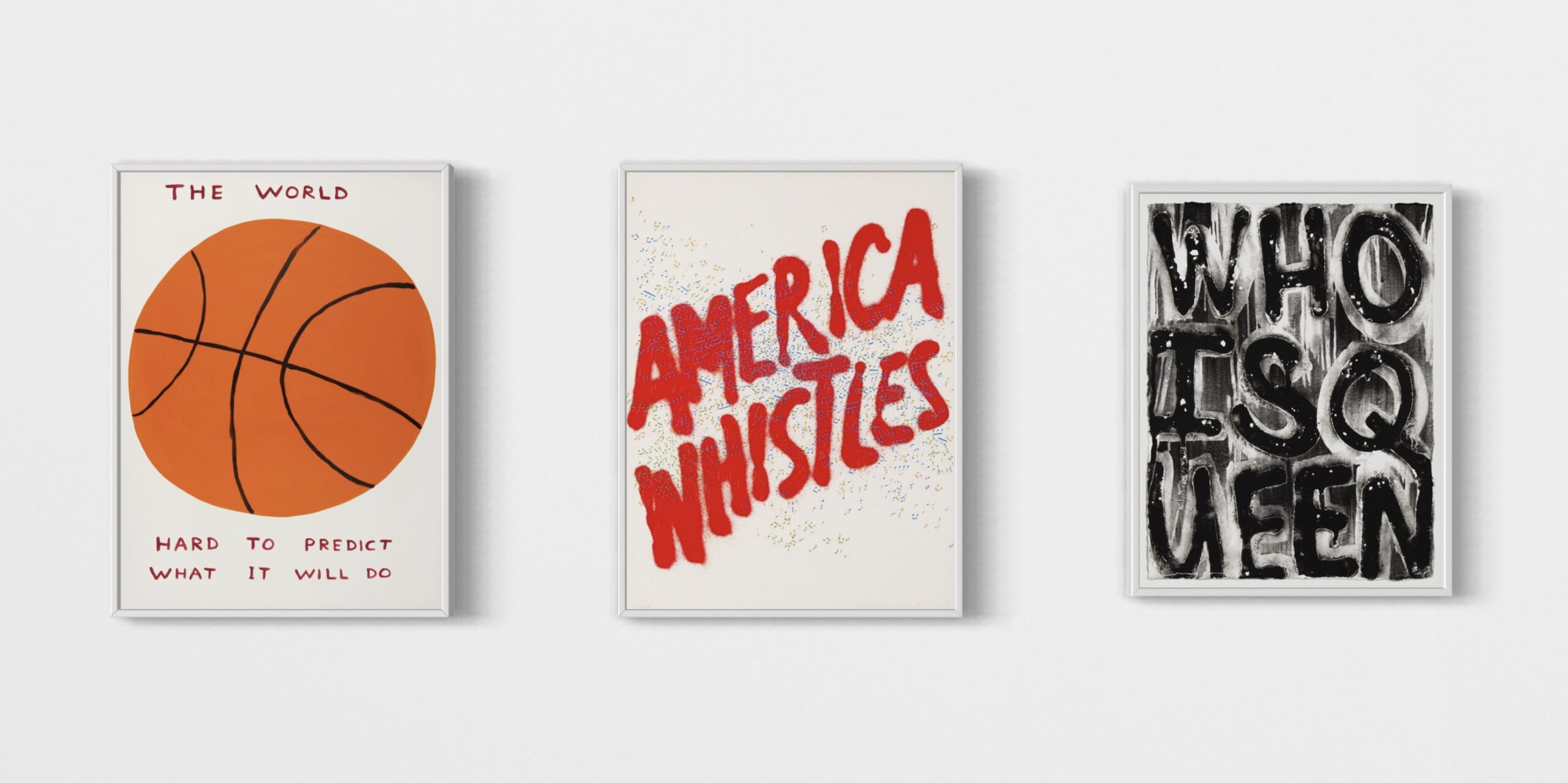
Famous text-based artists
Leading figures in the genre of text-based art include Joseph Kosuth, one of the pioneers of Conceptual Art, renowned for his analytical approach to language’s role within art. His artworks often provoke deep reflection on the functions and definitions of art itself. John Baldessari merged text with photography to critique contemporary culture and media, influencing how text can layer meaning onto visual elements.
Ed Ruscha is another key figure, known for his integration of bold typography into visual landscapes, creating a hybrid form of graphic and narrative art that explores American identity and consumerism. Jenny Holzer takes text-based art into the public realm with her provocative LED installations and large-scale exhibitions, which confront and challenge viewers with issues of power, violence, and oppression.
David Shrigley adds a distinctively whimsical and often sardonic tone to the field, using simplistic drawings paired with text to comment on the absurdities of everyday life. Each artist, through their unique approach to text-based art, invites viewers to engage in a visual dialogue, challenging perceptions and encouraging critical thinking about language, culture, and society.
Buy text-based art online. Catering art collectors from around the globe, MLTPL focusses on the specific needs of online buyers: transparent pricing, accurate condition reports, professional packaging and quick shipping.
MLTPL ships worldwide. We focus on professional packaging and fully traceable shipping. Where possible, we ship our text-based artworks flat between fiberboards and two layers of solid cardboard. We aim to dispatch in under 5 days.
All shipped text-based artworks are covered by our door-to-door transport insurance. In the unlikely event of physical damage or loss, the artwork will therefore be fully insured.
When buying art online, the artwork’s condition and its truthful description are key. We follow a rigorous standard when selecting new artworks for our collector base, whilst providing accurate condition reports and high-resolution images.
